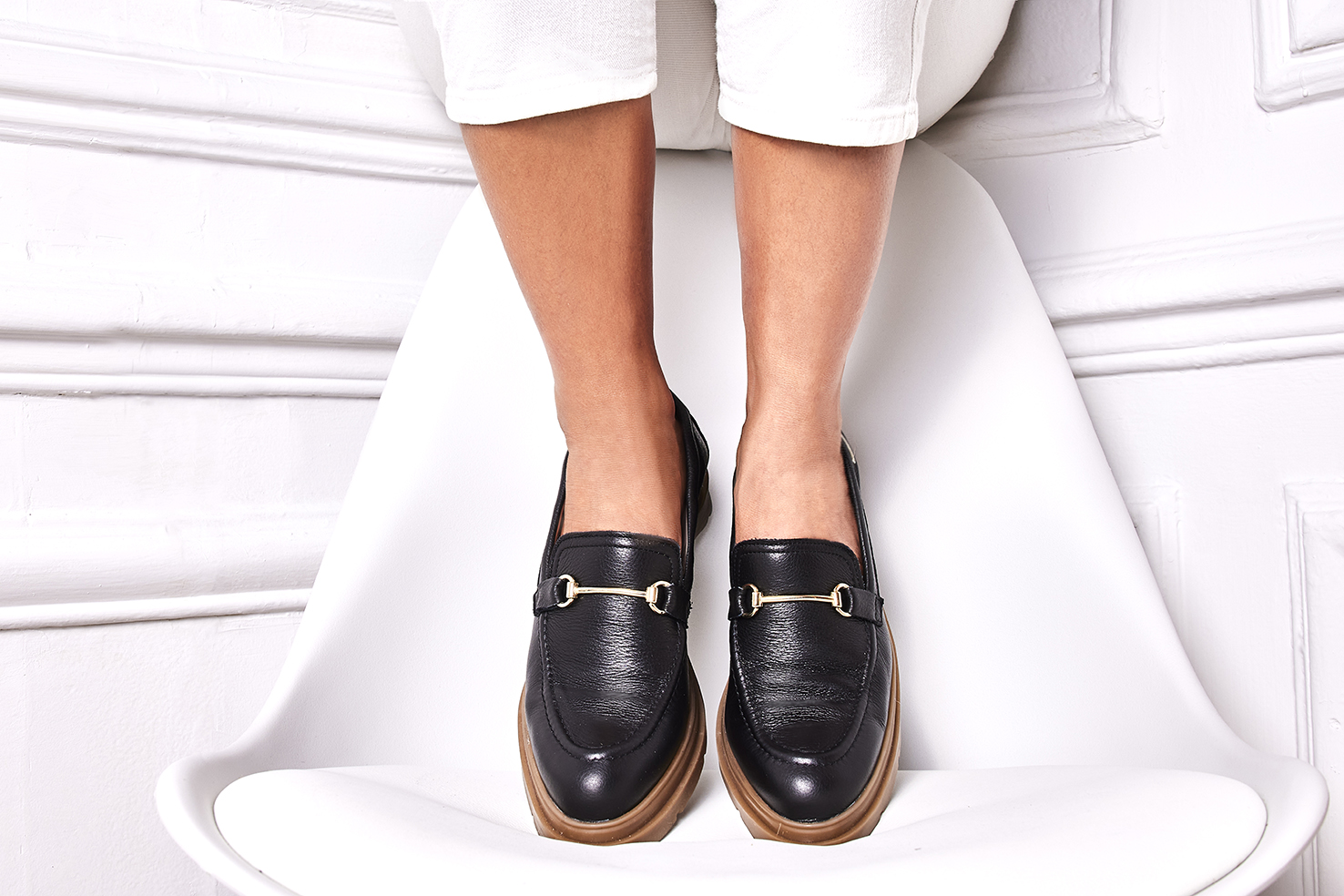How can you waterproof your shoes and extend their life?

And yet it is a key factor in ensuring that your shoes last for years to come. Discover our professional tips for extending the life of your shoes, whatever the material.
Why waterproof shoes?
Waterproofing footwear is essential for three main reasons:
- Moisture protection: It prevents water from penetrating the footwear, keeping your feet dry and comfortable.
- Stain prevention: Liquids and dirt are less likely to adhere to and penetrate the shoe material, making them easier to care for.
- Increased longevity: By protecting shoes from water and stains, waterproofing helps to preserve their appearance and structure over the long term.
How does waterproofing work?
Waterproofing footwear involves applying a protective barrier that repels water and oily substances. This barrier can be in the form of a spray, cream or wax and works by filling the pores of the footwear material, preventing water from seeping in while allowing internal moisture (sweat) to evaporate, thus maintaining an optimum balance for comfort and durability.
Which shoes can be waterproofed?
Waterproofing leather shoes
Leather is naturally porous and can therefore be damaged by water. Using specific waterproofing waxes and creams for leather can help keep it supple and prevent cracking.
Waterproofing canvas shoes
Canvas shoes, often used in casual styles and sneakers, benefit from waterproofing sprays that prevent water from saturating the fabric while preserving breathability.
Waterproofing suede shoes
Because suede is particularly sensitive to water, it requires special waterproofing products that don't alter its soft texture or appearance.
Waterproofing synthetic shoes
Synthetic materials, such as those used in sports and hiking boots, can also be treated with waterproofing sprays to improve their water resistance.
Specifics of waterproofing hiking boots and shoes
Hiking boots, often made with advanced technologies such as Gore-Tex, benefit from specific products that support these technologies while improving water resistance.
The different waterproofing products
Waterproofing sprays
Waterproofing sprays are a quick and effective solution for protecting various types of footwear against water and dirt. The formulation of these sprays generally includes fluorocarbon polymers or silicone, which create a hydrophobic protective film on the surface of the material. When applying, it is crucial to keep the spray at an optimum distance - usually between 15 and 20 centimetres - to ensure even coverage without saturating the material. Once sprayed, this film prevents water molecules from penetrating while allowing internal moisture, such as perspiration, to evaporate, preserving the breathability of the material. This is particularly important for shoes made from suede, leather and even synthetic fabrics, where maintaining the original texture is essential.
Waterproofing creams and waxes
For leather shoes, the use of waterproofing creams and waxes is recommended not only for their ability to repel water, but also for their nourishing properties. These products often contain ingredients such as natural oils and beeswax, which deeply moisturise and condition the leather, preventing it from drying out, cracking and ageing prematurely. These creams or waxes should be applied using a soft cloth or special brush, massaging the product in with circular movements to encourage deep penetration. This helps to restore the leather's elasticity and suppleness, while forming a protective barrier against moisture.
Specific impregnators for different types of footwear
Impregnators are specialist solutions designed to meet the specific requirements of particular types of footwear, such as those used in hiking or harsh outdoor environments. These products are often formulated to be compatible with advanced membrane technologies such as Gore-Tex, which require special attention to maintain their functionality. Impregnators for these types of footwear generally contain compounds that reinforce the strength of the membrane without clogging its pores, ensuring that breathability and waterproofing are retained. Application must be meticulous, paying particular attention to seams and junctions, which are often the points most vulnerable to moisture.
Steps for waterproofing shoes
Preparing shoes for waterproofing
Clean shoes thoroughly to remove any dirt or residue. Allow them to dry completely before applying the waterproofing product.
Applying the waterproofing product
Apply the chosen product evenly, making sure to cover all external surfaces of the shoes.
Drying the shoes
Leave the shoes to dry in a cool, dry place away from direct sunlight. Avoid using direct heat sources such as a hairdryer.
Recommended frequency of waterproofing
Re-waterproof your shoes regularly, depending on their use and exposure to water. For regular use, this could mean every 3 to 6 months.
How to store shoes after waterproofing
Keep your shoes in a cool, dry place to prevent the waterproofing product from degrading. Use shoe trees to maintain the shape of your shoes and avoid creases.

.svg)
.svg)
.svg)
.svg)